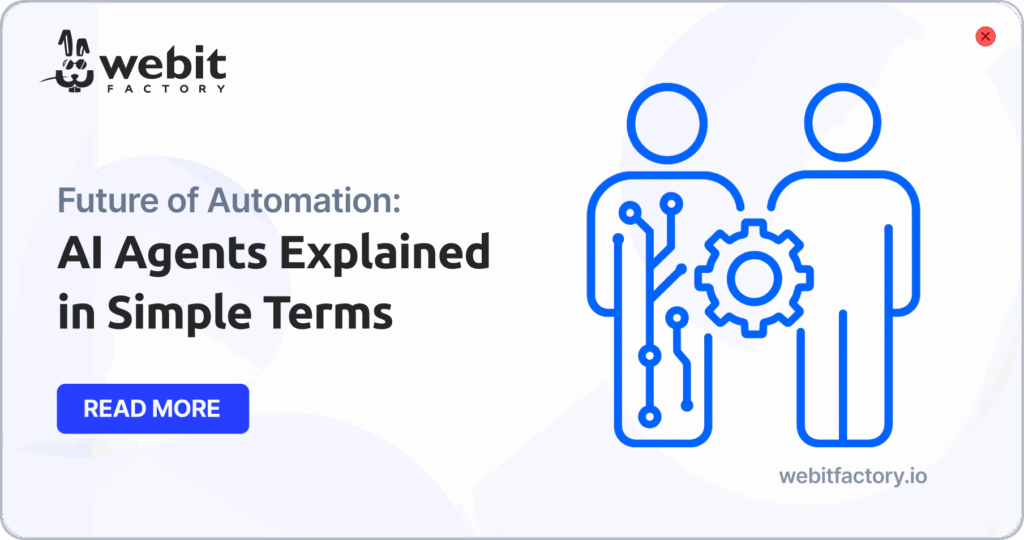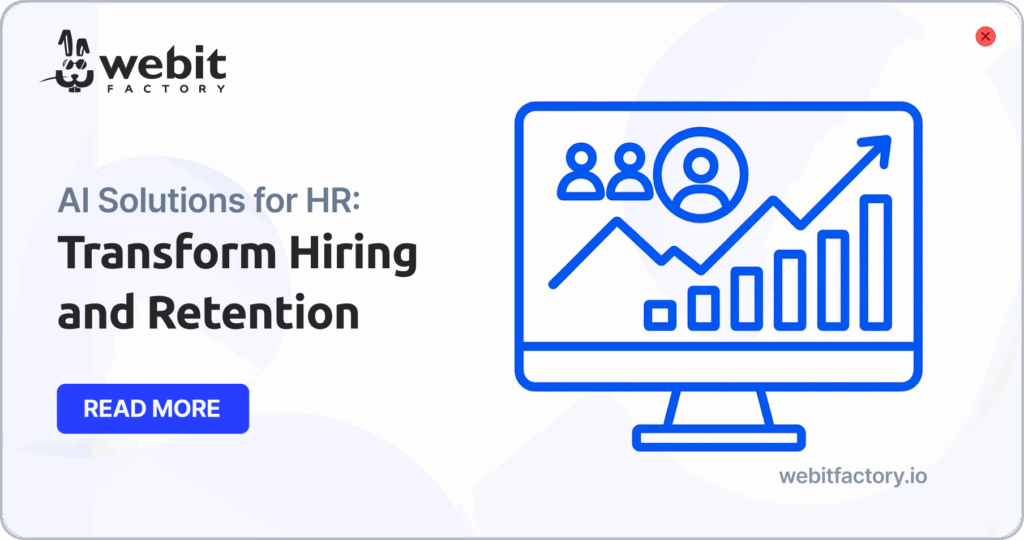Businesses of all kinds should start looking into an AI adoption strategy. Why? According to McKinsey’s State of AI 2024, companies leveraging AI effectively are seeing significant improvements in productivity, cost savings, and customer engagement. However, many businesses struggle with integrating AI efficiently. Without a clear strategy, AI initiatives can fail to deliver results, leading to wasted resources and frustration.

A well-planned AI adoption strategy helps businesses:
- Identify the right AI tools for their specific needs
- Avoid common implementation pitfalls
- Ensure AI aligns with overall business objectives
- Measure success and optimize AI-driven processes
Why is AI Implementation Challenging?
While AI has the potential to transform industries, businesses often face obstacles when trying to implement it. According to Gartner, AI adoption varies across industries, with some organizations struggling more than others.
Common AI Implementation Challenges:
Lack of clear AI adoption strategy: Businesses often rush into AI without a structured plan, leading to inefficiencies.
Data quality issues: AI models rely on clean, high-quality data, which many organizations lack.
Integration difficulties: AI tools must work seamlessly with existing systems to be effective.
Resistance from employees: Teams may be hesitant to adopt AI, fearing job displacement or workflow disruption.
How to Overcome These Challenges:
Define a clear AI adoption strategy: Start with a roadmap outlining goals, required resources, and success metrics.
Ensure data readiness: Clean, structured, and well-organized data is crucial for AI effectiveness.
Prioritize seamless integration: Choose AI solutions that complement existing tools and processes.
Foster a culture of AI acceptance: Provide training and communicate AI’s role as an enabler, not a replacement.
Guide to a Successful AI Adoption Strategy
A structured AI adoption strategy ensures that businesses implement AI effectively and maximize its benefits. Here’s how to do it:
1. Define Your Business Goals
Before choosing an AI solution, determine what you want to achieve. Are you looking to enhance customer experience, automate processes, or improve decision-making?
2. Assess Your Current Capabilities
Evaluate your existing data infrastructure, technical expertise, and business processes. Understanding your starting point helps you set realistic expectations.
3. Choose the Right AI Tools
Not all AI solutions are one-size-fits-all. Research AI technologies that align with your business needs, whether it’s machine learning, natural language processing, or automation tools.
4. Start Small with a Pilot Project
Instead of overhauling everything at once, begin with a small AI project. Test its impact before scaling AI across your organization.
5. Monitor, Measure, and Optimize
Track key performance indicators (KPIs) such as cost savings, efficiency improvements, and customer satisfaction to gauge AI’s impact. Adjust your AI adoption strategy based on data-driven insights.
Real World Case Study
Marks & Spencer (M&S), a renowned UK retailer, has strategically integrated artificial intelligence (AI) into its operations to enhance customer service and streamline processes. One notable implementation is the use of AI-powered chatbots to assist customers with common inquiries, such as troubleshooting promotional code issues during online shopping. This initiative aimed to reduce the workload on contact center agents and improve the overall customer experience.
Additionally, M&S automated its call routing system by deploying a voice AI solution. Previously, customer calls were manually directed through regional switchboards, a process that was both time-consuming and resource-intensive. The AI system now efficiently understands customer queries and routes calls to the appropriate departments, enhancing operational efficiency and ensuring a more consistent customer experience.
These AI adoption strategies have not only optimized M&S’s internal processes but also significantly improved customer satisfaction by providing timely and accurate assistance.
You can read more here.
Measure the Success of Your AI Adoption Strategy
Success in AI implementation goes beyond deployment as it requires continuous evaluation and refinement. Key metrics to track include:
- Cost savings: Measure reductions in labor costs and operational expenses.
- Efficiency improvements: Track how AI optimizes workflows and reduces manual tasks.
- Customer engagement: Analyze how AI enhances customer interactions and satisfaction.
- Revenue growth: Assess AI’s impact on sales and business performance.

By regularly reviewing these KPIs, businesses can refine their AI adoption strategy and maximize ROI.
A well-executed AI adoption strategy helps companies harness AI’s full potential while avoiding common pitfalls. By setting clear goals, choosing the right tools, and continuously optimizing performance, businesses can stay ahead in an AI-driven world.
The key to long-term AI success lies in adaptability. As AI evolves, businesses must be ready to refine their strategies, integrate emerging technologies, and upskill their teams. By fostering a culture of innovation and data-driven decision-making, companies can future-proof their operations and maintain a competitive edge.
Ready to take the next step?
Related Articles

AI Agents Explained in Simple Terms
Discover what AI agents are, how they work, and why intelligent agents are reshaping automation across industries.

AI Solutions for HR That Transform Hiring and Retention
AI solutions for HR are transforming hiring and retention with faster recruitment, better cultural fit, and lower turnover rates.

Cross-Chain dApps Are Shaping Web3
Cross-chain dApps are shaping Web3 by streamlining UX, improving contract monitoring, and bridging fragmented blockchain ecosystems.
